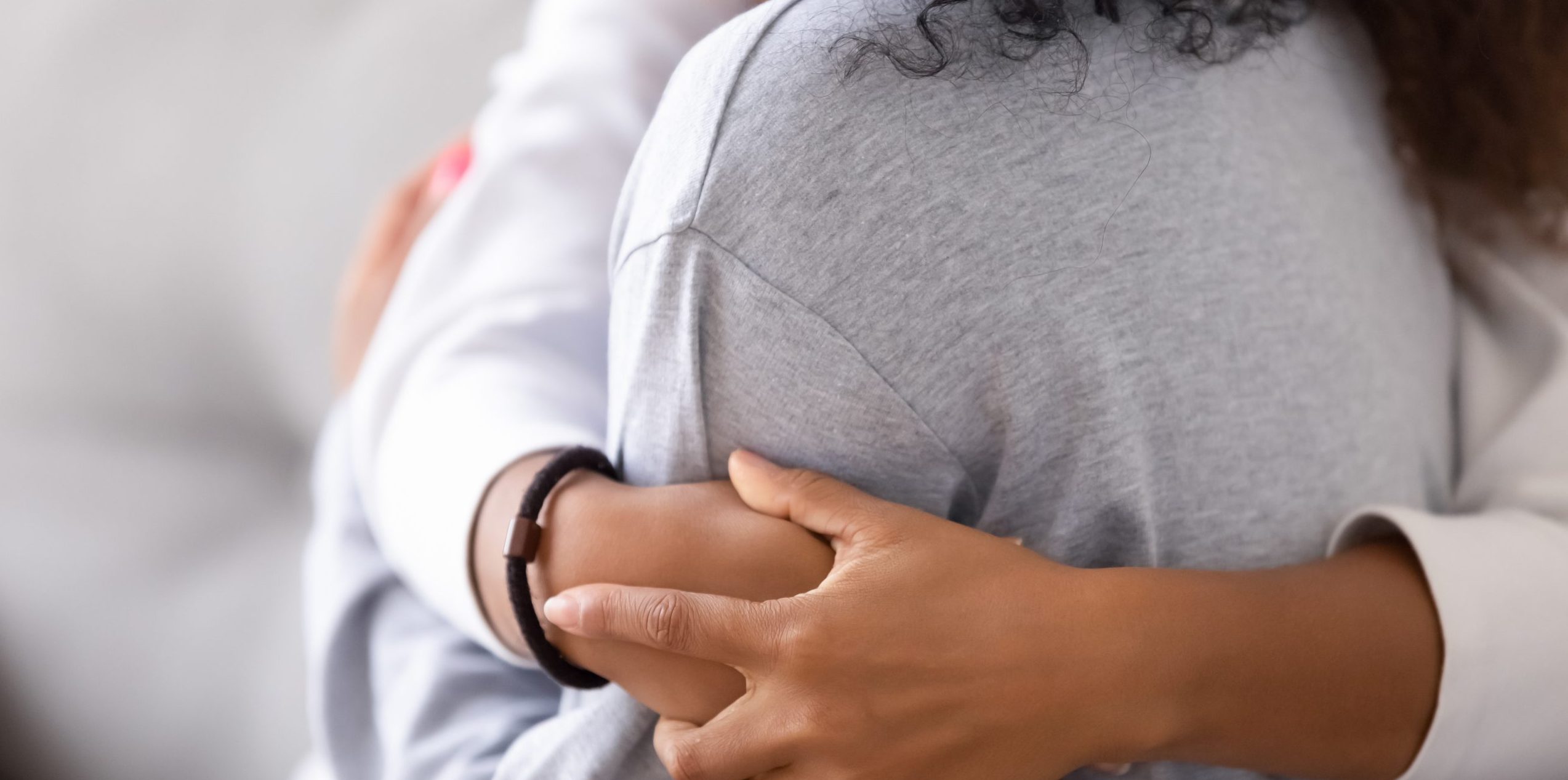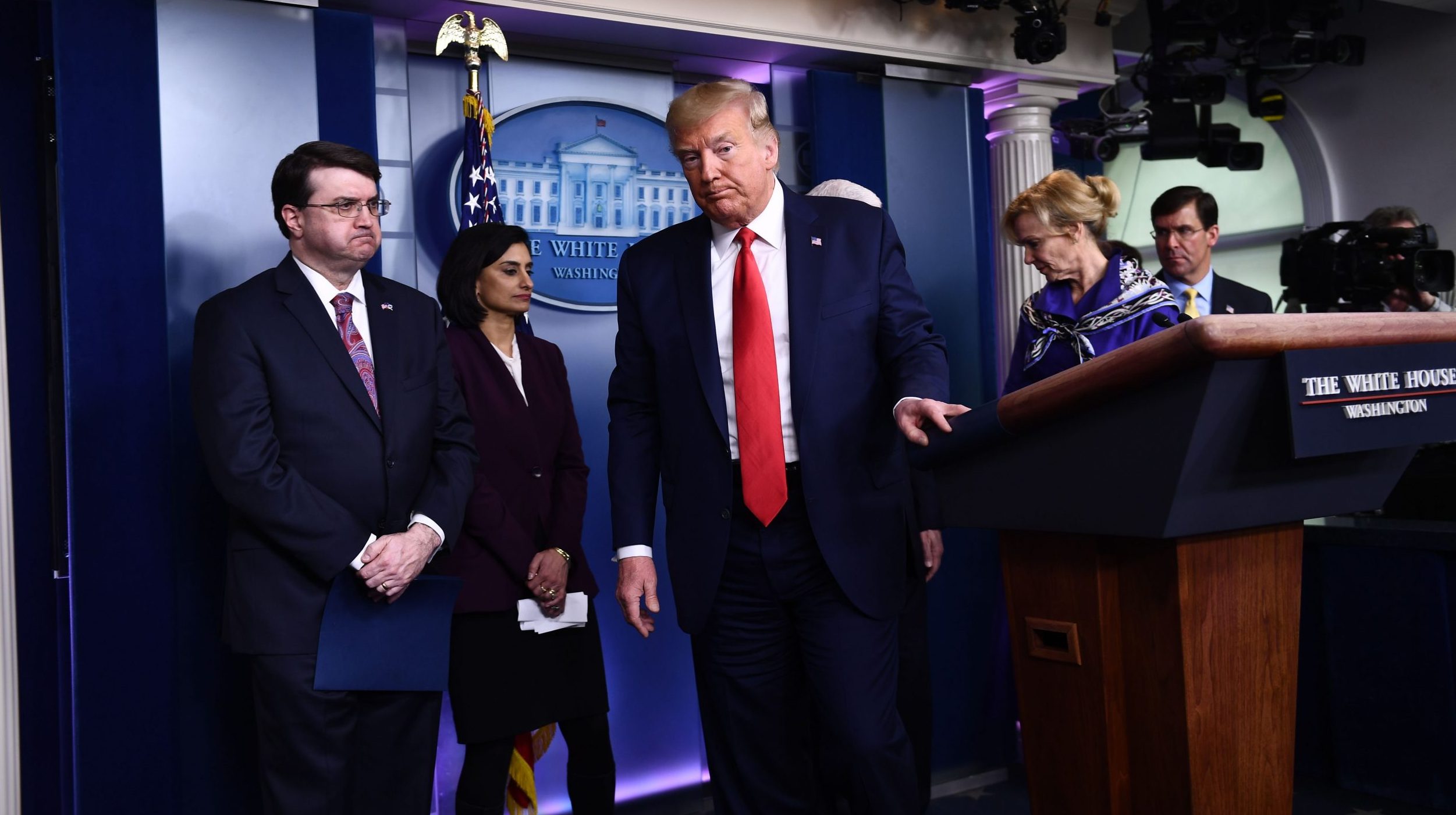As the world grapples with the public health crises and myriad disruptions brought on by the Covid-19 pandemic, many efforts to address its impact are underway.
Several of those initiatives are being led by companies that were founded by MIT alumni, professors, students, and researchers.
These companies’ efforts are as wide ranging and complex as the challenges brought on by Covid-19. They leverage expertise in biological engineering, mobile technology, data analytics, community engagement, and other fields MIT has long focused on.
The companies, a few of whom are featured here, are also at very different stages of deployment, but they are all driven by a desire to use science, engineering, and entrepreneurship to solve the world’s most pressing problems.
Moderna Therapeutics
On Jan. 11, Chinese authorities shared the genetic sequence of Covid-19. Just two days later, members of a research team from Moderna Therapeutics, in collaboration with the National Institutes of Health, finalized the design of a vaccine they hope will prevent infection from the disease.
Moderna was founded by Institute Professor Robert Langer, investor Noubar Afeyan PhD ’87, and researchers from Harvard Medical School in 2010. The company develops treatments that leverage specialized transporter molecules in cells known as messenger RNAs. Messenger RNAs bring instructions from genes to the cellular machinery that makes proteins. By creating specially modified mRNA, Moderna believes it can develop therapies to treat and prevent a number of diseases in humans.
Following its design of a potential Covid-19 vaccine, the company quickly moved to manufacture the mRNA vaccine for clinical trials. On March 16, just 65 days after Covid-19 was sequenced, Moderna began human trials, according to the company.
The first stage of the trials is expected to last six weeks and will focus on the safety of the vaccine as well as the immune response it provokes in participants. The company has said that while a commercially available vaccine is not likely to be available for at least 12-18 months, it is possible that under emergency use, a vaccine could be available to some people sooner.
Alnylam Pharmaceuticals
On March 5, Alnylam Pharmaceuticals announced that its partnership with Vir Biotechnology, which focuses on treating infectious diseases, would extend to developing therapeutics for coronavirus infections, including Covid-19.
Alnylam was founded in 2002 by Institute Professor Phil Sharp, Professor David Bartel, former MIT professor Paul Schimmel, MIT postdocs Tom Tuschl and Phil Zamore, and investors.
The company is already approved to treat patients with certain rare genetic diseases using its patented RNA interference technology. RNA interference, or RNAi, is a method of stopping the expression of specific genes through the manipulation of existing regulatory processes in the human body.
“[RNAi] technology is now strongly validated in a variety of ways and the promise of it is really remarkable,” says Sharp, who currently sits on Alnylam’s scientific advisory board with Bartel and Schimmel. “It’s the creation of a whole new therapeutic modality that I think we’ll be using 100 years from now.”
Under the terms of the extended collaboration, the companies will use Alnylam’s recent advances in delivering its RNAi technology to the lungs, in addition to Vir’s infectious disease capabilities, to identify and advance drug candidates.
Sharp says that even if the collaboration doesn’t lead to a treatment for the current Covid-19 outbreak, it holds tremendous potential for helping victims of infectious diseases down the line.
Dimagi
Dimagi, which provides a platform for creating mobile apps that can be used offline by cell phones of all types, recently began freely offering its mobile tool to organizations responding to the Covid-19 outbreak around the world.
The company’s platform is currently being used by hundreds of thousands of front-line health care workers globally. By enabling people with no coding experience to create mobile apps that work in environments with no cellular service, the company has transformed health care treatment for millions of people in low- and middle-income countries.
The company has already seen governments adopt its platform for Covid-19 response, including the Ogun state government of Nigeria, and it is also exploring use cases with officials from the U.S. Centers for Disease Control and Prevention in California.
The company was formed in 2002 when Jonathan Jackson’03 SM ’05 met co-founder Vikram Kumar, who was then a graduate research assistant in MIT’s Media Lab and on his way to earning his MD in the MIT-Harvard Division of Health Sciences and Technology.
Since then, Dimagi’s solutions have been used for a variety of large health care initiatives, including the Ebola crisis in West Africa, where the company worked directly with health organizations to give them mobile applications that helped provide critical care during their Ebola response.
Jackson believes Dimagi can help health care workers with tracking person-to-person contact, data collection, decision support, and spreading useful information. The company is also compiling a library of free, open-source templated Covid-19 mobile applications for quick deploymnent.
“Think of it as a free app store where health organizations working on the front lines can go, download their Covid-19 applications and quickly equip their health workforces with Covid-19 apps,” Jackson says.
Biobot Analytics
Biobot Analytics, a startup that analyzes wastewater to gain insights into public health, has begun requesting sewage samples from wastewater treatment facilities across the U.S. to test for SARS-CoV-2, the virus causing Covid-19.
The company’s technology, developed by CEO Mariana Matus PhD ’18 during her time at MIT in partnership with Newsha Ghaeli, then a research fellow in the Department of Urban Studies and Planning, has been geared toward estimating drug consumption in communities since its founding in 2017.
Biobot uses a proprietary device to gather representative samples of sewage, then ships those samples to its scientists for near-real time testing. Samples can be used to track opioid use, nutrition, environmental contaminants, antibiotic resistance, and the spread of infectious diseases. The resulting insights can be used to understand the health and well-being of small communities or large cities.
In the company’s Covid-19 testing program, which it launched pro bono in collaboration with researchers at MIT, Harvard, and Brigham and Women’s Hospital, the teams will process sewage samples from treatment facilities across the U.S., then use a laboratory technique known as a reverse transcription polymerase chain reaction to determine the presence of SARS-CoV-2.
The collaborators believe the program could complement existing testing methods in addition to helping guide community reponses, measure the effectiveness of interventions, and provide an early warning for re-emergence of the outbreak.
“There is an incredible opportunity to use this technology to get ahead of and monitor the Covid-19 epidemic,” the company wrote in a recent Medium post announcing the program. “A wastewater epidemiology system that aggregates samples from wastewater treatment plants across the U.S. would provide a dynamic map of Covid-19 as it spreads to new places. [This will be a tracker for the outbreak complementary to individual testing]. Government officials, school administrators, and employers would no longer need to rely on confirmed cases or hospital reporting to make tough decisions like enforcing work from home policies.”
Soofa
Soofa, a startup that creates solar-powered digital signs in public spaces, has begun offering its city partners templates to quickly post emergency announcements regarding Covid-19. In Massachusetts, the templates have been used in Brookline to post updates about school and playground closures, in Somerville to redirect people to the town’s coronavirus webpage, and in Everett, which has posted their updates in both English and Spanish to reach more people.
Soofa was founded in 2014 by Jutta Friedrichs and Sandra Richter, a former researcher in MIT’s Media Lab. The founders refer to their signs as “neighborhood news feeds” because they offer an easy, inclusive way for community members to view and post messages.
The company’s digital signage has also proven useful for its partners outside of government. Boston Architectural College, for example, now gives viewers instructions to attend their spring virtual open house.
Pathr
Pathr is a startup that uses data analytics and machine learning to understand how people move through environments. The company, which has primarily used its technology to help retailers, casino operators, and owners of public spaces gain insights into customer behavior, recently launched a new product called SocialDistance.ai.
SocialDistance.ai will use Pathr’s “spatial intelligence” platform to give operators of large spaces information on how infectious diseases might spread in different scenarios.
Pathr's platform can be used to simulate the spread of infectious diseases in different scenarios. In this video playlist, simulations incorporating measures such as social distancing (second video) and mask distribution (third video) are shown.
SocialDistance.ai was formed when Pathr’s team got locked down in the San Francisco Bay Area, where the company is based, and began thinking about how their technology could help address disruptions related to the Covid-19 outbreak.
“There’s a spatial component to disease outbreak in general, and we’ve been hearing a lot about that with this coronavirus, so that was the spark, just thinking about what we could do to help,” says Pathr founder and CEO George Shaw SM ’11.
Shaw says his team has been in touch with officials who run malls, casinos, retail stores, and various public spaces to help them make more informed decisions about allowing people to use their spaces in the time periods surrounding an outbreak.
“Nobody who operates a big space wants to limit the number of people [in that space], so this would be a way to strike that balance, to get the right social distance, the right density of crowds; it could also help owners reconfigure a space so the flow of people is more conducive to social distancing,” Shaw says.
Shaw developed the spatial intelligence platform as a graduate student in the lab of Professor Deb Roy while working on a project in the Media Lab.
from MIT News https://ift.tt/2xmeOn9
via













